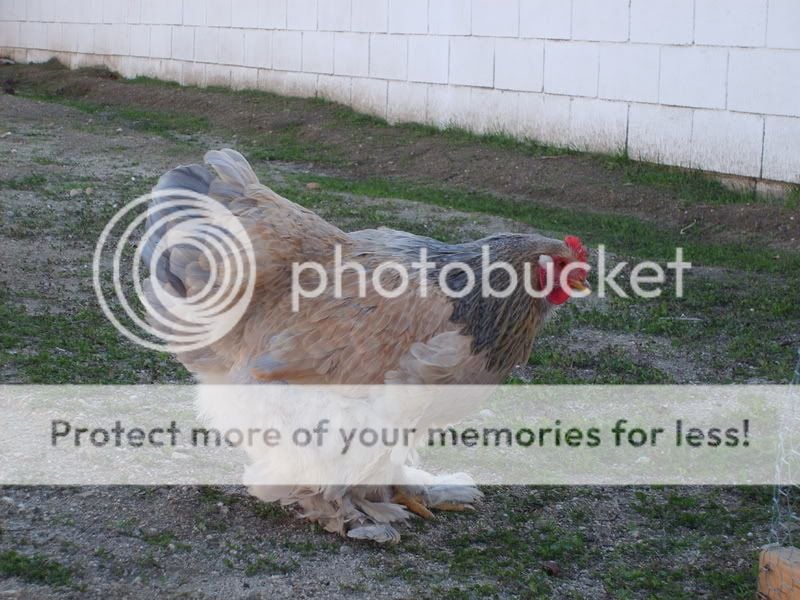Redchicken,
If the blues are the solid blue ones, then expected results are black or blue(like hereherechick's) maybe with some buff/brown like seminolewind's. Actually the answer is a bit more complicated because there is more than one way to make a solid black chicken. Chick's and seminole's crosses are good example of this- chick's blue probably was based on the E gene and seminole's blue possibly was based on birchin.
I find it very interesting other pictures are showing blue tailed buff types. If they are a cross, it shows the blue parent possibly was not pure for the black gene.
Blue primarily works on black pigment, with only a small or weaker effect on buff/red pigment. For example a splash(which really is a pure Blue) black breasted red rooster looks a lot like Pyle- mostly white bird with red on wings, hackles and saddle. Sometimes the red is diluted to more an orangish color.
So if a solid buff bird had blue, the effect wouldn't be much- maybe a little lighter than usual. The only time you can get to see buff and blue on the same bird is to have blue on something such as wheatens or columbian patterns* similar to wclawrence's rooster.
So someone suggesting wheaten earlier on was not a bad suggestion actually. I suspect you would like the columbian type better though.
*Columbian pattern is generally a solid colored body with black hackles and tail. Examples= Light or Buff Brahmas, Columbian Rocks. I don







